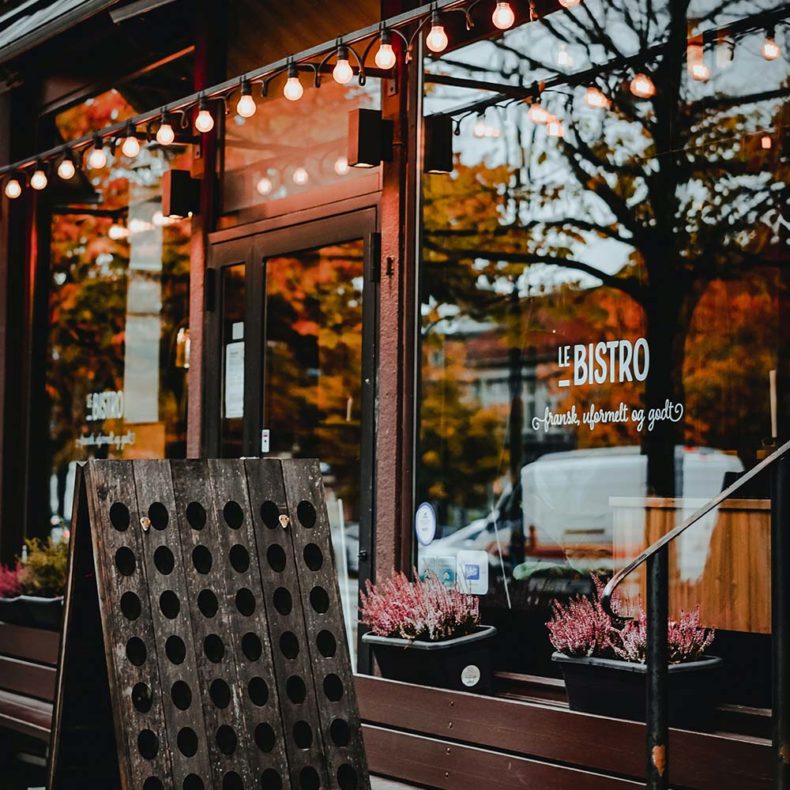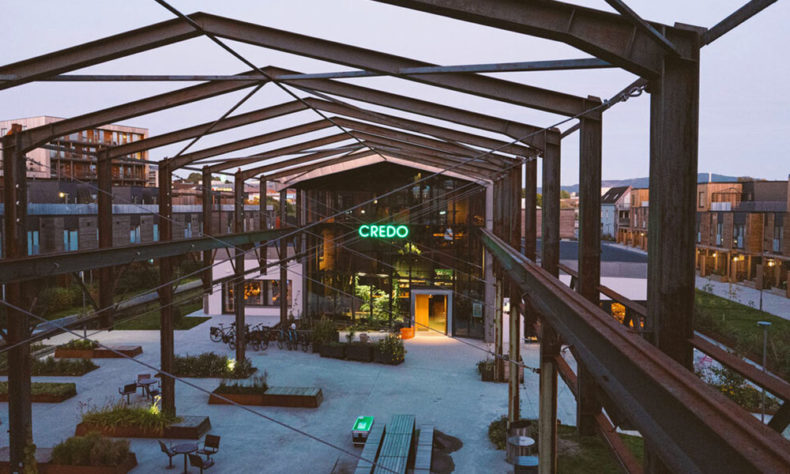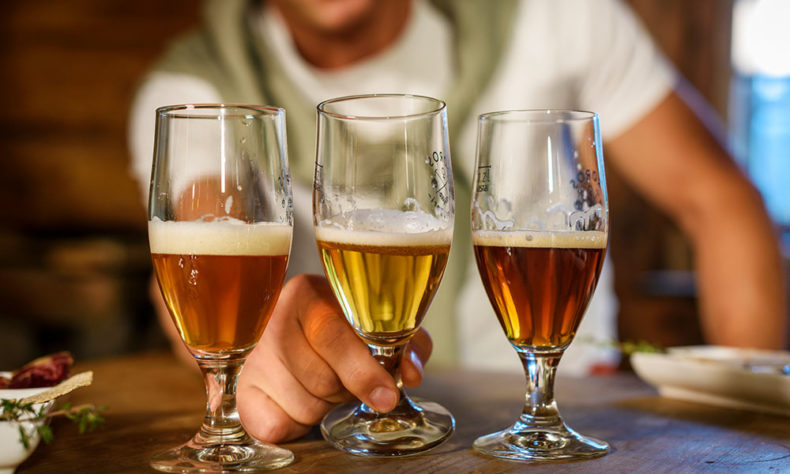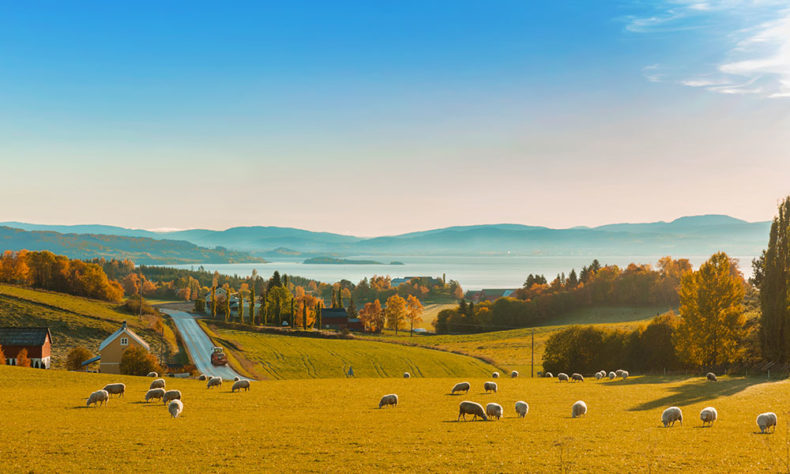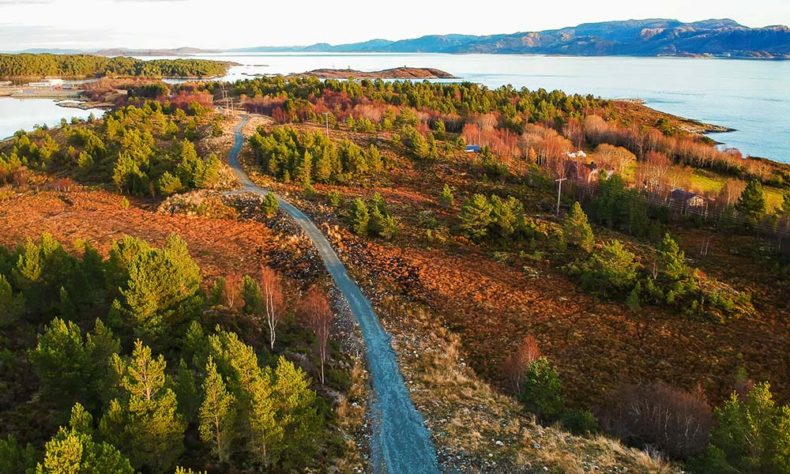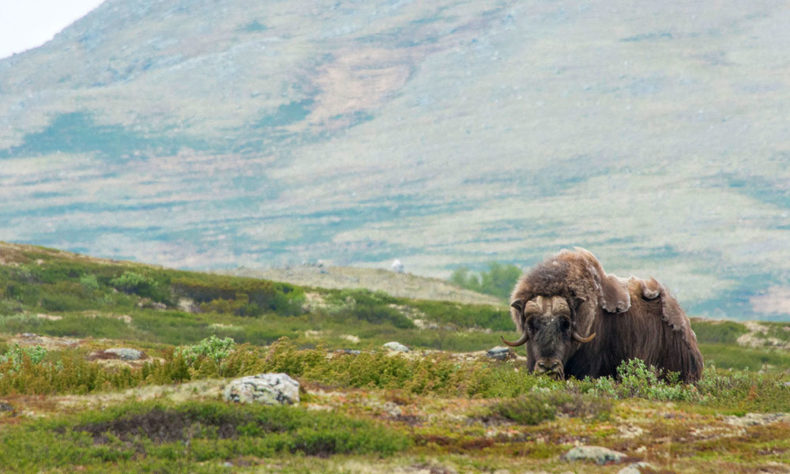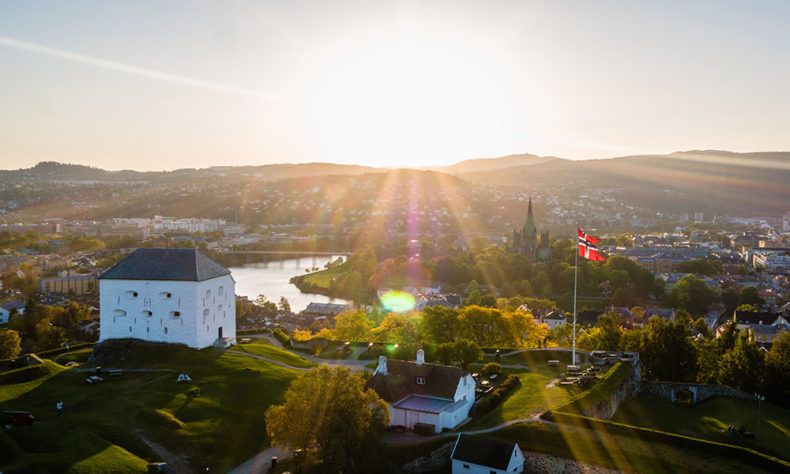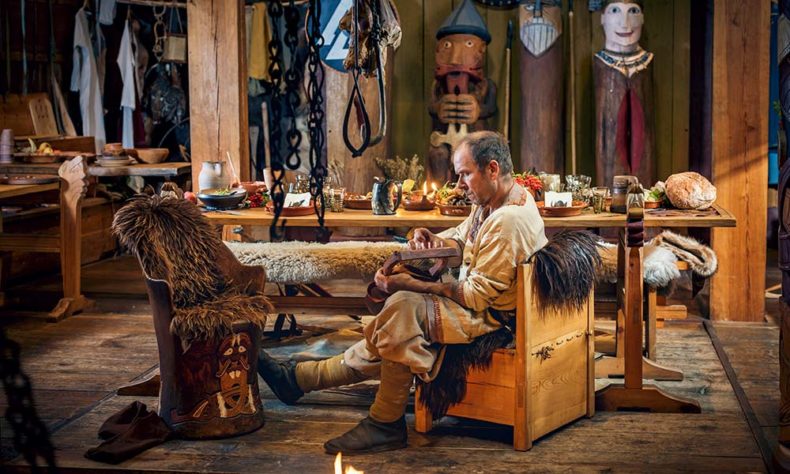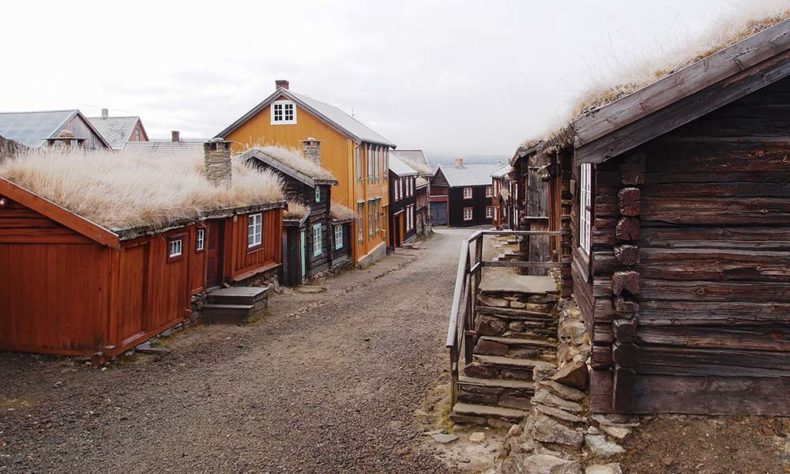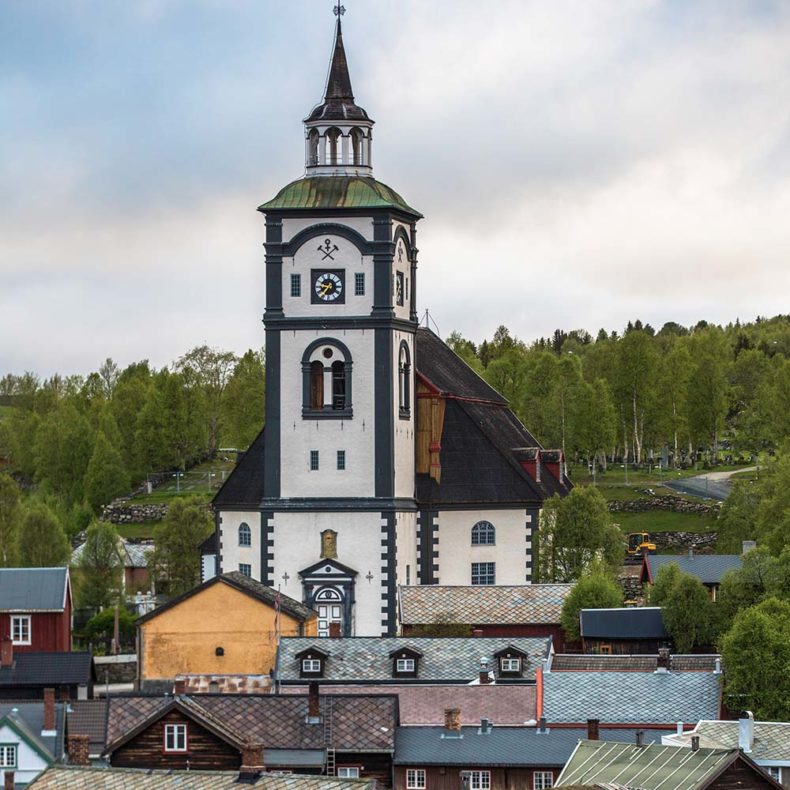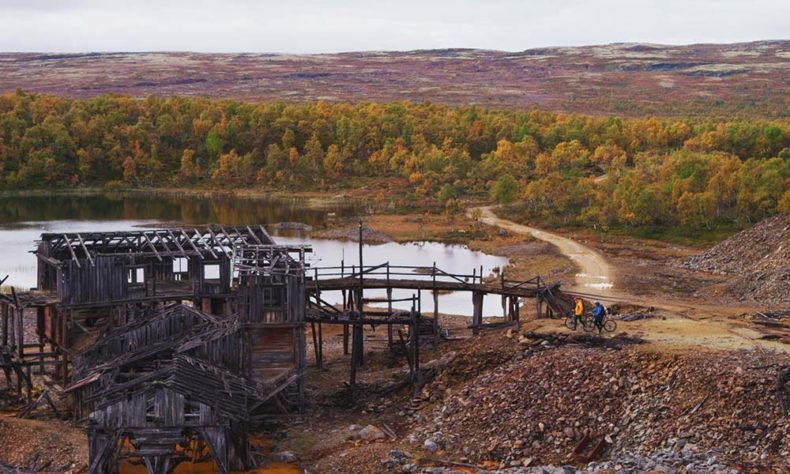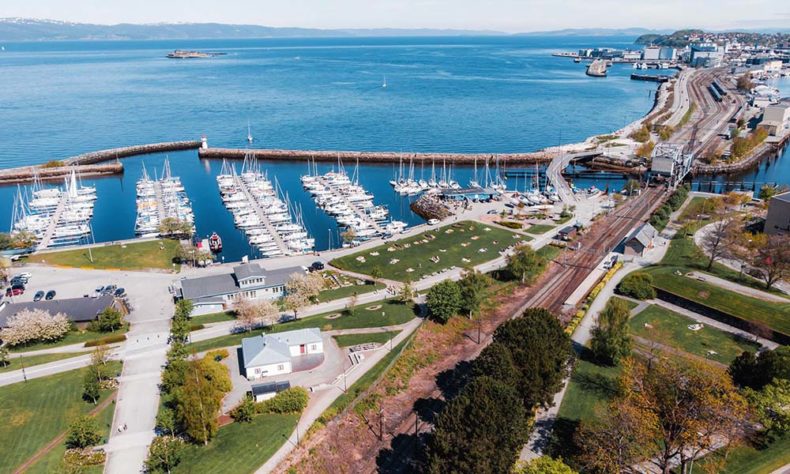Trondheim is one of Norway’s emerging star destinations, a charming and photogenic city that seems to have the good life figured out.
It has a pleasant and very walkable city centre, a gorgeous harbour area, museums, and cultural institutions, not to mention a veritable feast of fantastic restaurants, bars, and cafés to enjoy the bounty of the region.
Garnering an increasing amount of media attention across the globe, Trondheim is one of Europe’s most standout destinations not yet discovered by most travellers.
Here’s how to make the most of your trip to Trondheim.
- The local flavours of Trøndelag
- Michelin stars and world-class cuisine
- Coffee, craft beers, and aquavit
- Fjords, mountains, and boundless nature
- The Golden Road
- Bymarka forest and nature reserve
- Wildlife safaris
- A region filled with Norwegian history
- The Battle of Stiklestad
- The mining town of Røros
- The sights of Trondheim
- Trondheim’s city centre
- Eclectic neighbourhoods
The local flavours of Trøndelag
Trondheim is a foodie’s dream destination, and people have begun to take notice.
Trondheim and the broader Trøndelag region are 2022’s European Region of Gastronomy, the second recipient of this prestigious title in the Nordic countries. It’s a testament not only to the world-class dining experiences but also to the whole food culture of this area.
Photo by Louis Droege on Unsplash
It’s safe to say that this is one of Europe’s hottest new dining destinations, the entire region a pantry ripe for rifling through and tasting the flavours of fjord, mountains, ocean, and forest.
From dairy farms to aquavit producers, fresh fish to smoked lamb shanks, and arctic herbs to award-winning cheeses, the Trøndelag region provides.
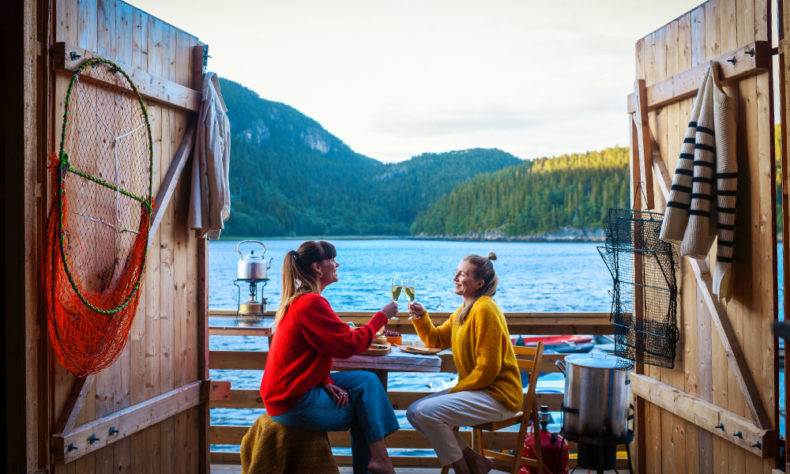
Photo by Marius Rua
Michelin stars and world-class cuisine
Make sure you arrive hungry, because there’s a feast of flavours on show in the city and the surrounding region.
Stand-out restaurants include a trio of Michelin-starred restaurants: Fagn, Speilsalen, and Credo.
But the city shines in the more casual eateries as well. And that’s not even mentioning the traditional restaurants found in the small villages orbiting Trondheim.
Then there are the wonderful bars, from classy cocktail lounges like the one at Britannia Hotel to cosy pubs and microbreweries.
The one common thread here is the region’s bounty of wonderful ingredients.
There’s fresh seafood plucked from the fjord, wild berries and arctic herbs growing across the mountain heaths, and farms that grow everything from vegetables to windblown fields of wheat and barley. It all adds up to a mouth-watering feast of flavours that will have you planning a return trip to Trondheim as soon as possible.
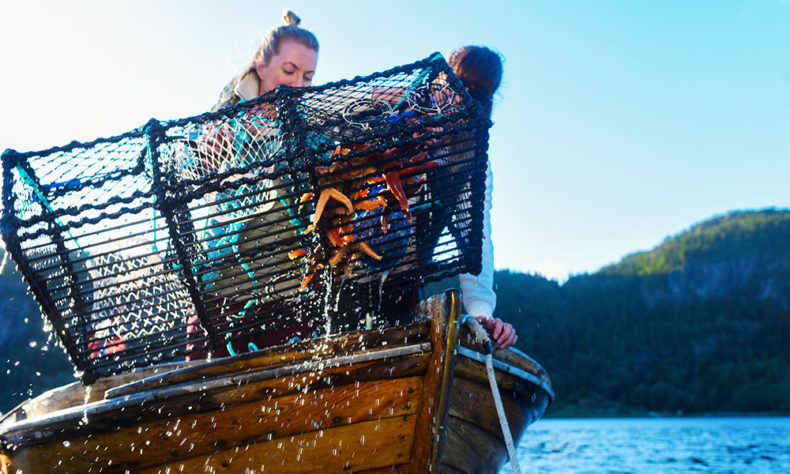
Photo by Marius Rua
Coffee, craft beers, and aquavit
And when all is said and done, there’s the coffee. No trip to Trondheim is complete without sampling the roasts in the city’s cosy cafés.
Craft beers are also big here, with several tap rooms in Trondheim offering a taste of the unique brews coming out of the region.
And for a true taste of Norwegian life, there’s still a whole lot of aquavit (also known as ‘fire water’) to get through as well. Even if it’s a bit hard to get down in a single gulp, it’s one of Norway’s finest cultural treasures.
Photo by Marius Rua
Fjords, mountains, and boundless nature
Throughout all one’s explorations of Trondheim, there’s one constant: the impressive backdrop of fjord, forest, mountains, and ocean.
Trondheim sits in the middle of boundless nature, with rolling hills, deep fertile valleys, and flat-topped mountains on all sides coaxing travellers into the landscapes for some outdoor adventures. From hiking and cycling to skiing and snowshoeing in the winter, it’s a prerequisite that you escape the city streets for some time in the peaceful nature.
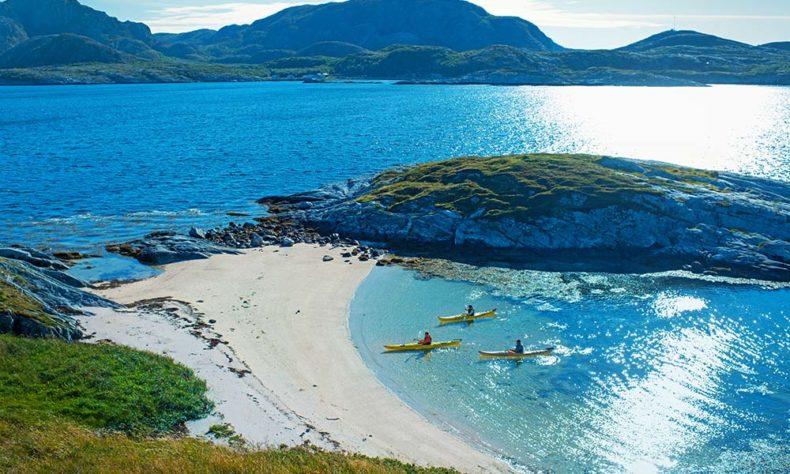
Photo by Marius Rua
The Golden Road
Striking northeast from the city brings you to a tourist route called The Golden Road and one of the easiest ways to experience the region’s landscapes.
On Inderøy Island, this route has developed over the past decade into one of Norway’s most famous diversions, with a whole host of artisan workshops, art galleries, and shops selling foods from the local farms.
The countryside culture is all backdropped by particularly beautiful natural surroundings and plenty of opportunities for hiking, biking, fishing, swimming, boating, and a whole lot more.
But the best part is that all the participating businesses are certified eco-friendly, helping to protect the pristine environment that you’re exploring.
Bymarka forest and nature reserve
To the west of Trondheim lies a boundless forest called Bymarka. The world’s northernmost tram and plenty of buses whisk hikers and explorers from the city centre towards this nature reserve, which boasts around 200 kilometres of hiking trails through beautiful forests of pine.
There are lakes and rivers scattered throughout the reserve, and open areas where you’ll glimpse outstanding views back towards Trondheim and across the fjord. Ask a local where to go hiking, and they’ll point you straight towards Bymarka.
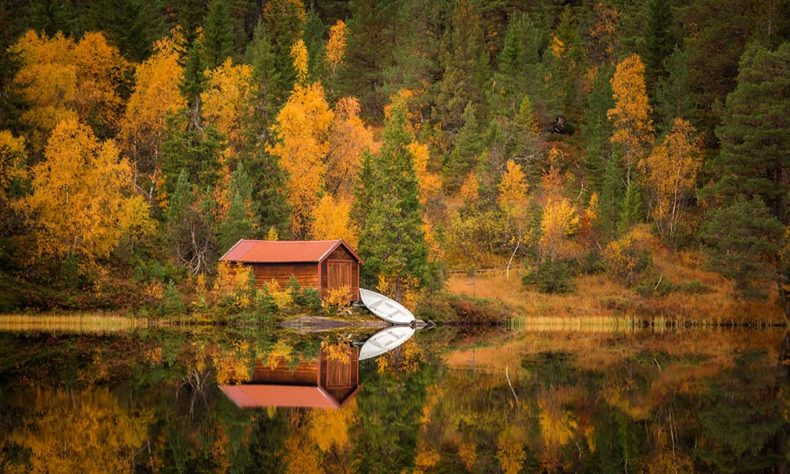
There are countless trails to choose from, but one of the most popular leads to Skjellbreia Lake, where the popular Grønlia café makes for the perfect stop between trails for a coffee and some fantastic food.
The calm views and surrounding nature are sure to help you slip into the relaxed pace of life in this area.
Wildlife safaris
The Norwegian landscapes are also home to a wide range of interesting animals. From the harbour in Trondheim, a boat tour takes visitors out onto the water to explore the coastal areas of the islands dotted throughout the fjord.
A highlight is arriving at the island of Hitra, a popular roosting spot for the majestic sea eagle. These beautiful, large birds are the kings of the skies in this region. You’ll be able to spot them from the boat, and with some fresh fish you might even lure them up close for photographs.
Due south of Trondheim, excursions into Dovrefjell National Park, the largest continuously protected area in Norway, is an outdoor enthusiast’s dream.
Inside the park you’ll find reindeer, arctic foxes, and the prehistoric musk ox, a shaggy and compact animal that you’ll only find in this area. At its largest, a musk ox can weigh up to a massive 400 kilograms.
Guided tours are the best way to see these animals, letting you take in their primal majesty from a safe distance.
A region filled with Norwegian history
Pull on the thread of history in Trondheim and you’ll quickly find yourself back in the Viking Age. This is Norway’s historical capital, founded in the year 997 by King Olaf Tryggvason.
There’s history around every corner, from Nidaros Cathedral and Kristiansten Fortress to the Archbishop’s Palace and historical merchant houses along the river.
From Viking battles to Swedish invasions, and from Nazi attacks to huge fires that have burned down the entire city, Trondheim has seen a lot in its time. But it’s also at the centre of the Norwegian story; the landscapes here have been the backdrop to some of the country’s most momentous events that made the country what it is today.
The Battle of Stiklestad
Closer to Trondheim is another important historic site for Norway: Stiklestad. Right near the Golden Road route, this is the site of Norway’s most famous battle.
It was here in the year 1030 that the Christian Viking king Olaf Haraldsson (Olaf II of Norway) fell in battle as he attempted to return to Trondheim to take the throne once again after fleeing to Russia for fear of being killed by the pagans whom he was trying to convert to Christianity. Soon after the battle, the Pope declared Olaf a saint, and his followers buried his body somewhere inside Nidaros Cathedral. Historians now consider the battle as one of the most momentous events leading to the consolidation of Norway as a kingdom. The country soon also adopted Christianity, although Olaf wasn’t around to see it.
Visiting the cultural centre at Stiklestad, you’ll learn all about the battle. In summer, Stiklestad also plays host to ‘Viking Summer’, a calendar of daily adventures for children as well as adults, with traditional Viking costumes, archery ranges, traditional storytelling, and plenty more.
The mining town of Røros
History buffs will find a lot to see and do by venturing outside the city limits of Trondheim.
A two-hour train ride away is Røros, an old mining town on the UNESCO World Heritage List that’s filled with antique timber houses and turf-roofed cottages.
Photo by Marius Rua
A visit here brings you to one of the country’s most mountainous regions, with spectacular nature on all sides.
But the town itself is an attraction as well, being one of the oldest in Europe that still has many wooden buildings. Many of the homes here date back to the 1700s and 1800s, and the entire town feels like an open-air museum, with a beautiful church towering over it all.
Then there are the mines themselves. Vast copper deposits in the earth made Røros a boom town, quickly developing from the 17th century into one of the country’s most important mining areas.
Tours into the mines let you explore these vast caverns, delving sixty metres underground into a network of caves and tunnels that cover an area as big as twenty-one football fields.
The sights of Trondheim
With an exciting food scene, a rich history and culture, a pretty city centre, and boundless nature on its doorstep, Trondheim really does have something for everyone.
Tucked away in a picturesque fjord in the centre of Norway, this is the country’s historical capital and third-largest city. It’s effortlessly cool and enjoys a growing reputation as one of the best destinations to visit not just in Norway, but in all of Scandinavia.
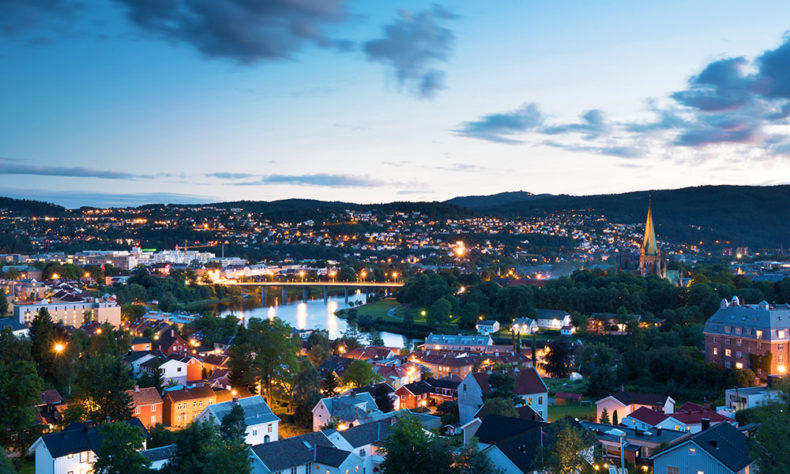
Trondheim’s city centre
Trondheim is a city, but it has an alluring small-town feel. Easy-going and laid-back, there’s a peaceful tempo to the lifestyle here, one that encourages pleasant strolls around the city and along the riverbanks, nipping into cafés for some seriously good coffee, and admiring the historical buildings around every corner.
This is a destination built for curious strollers.
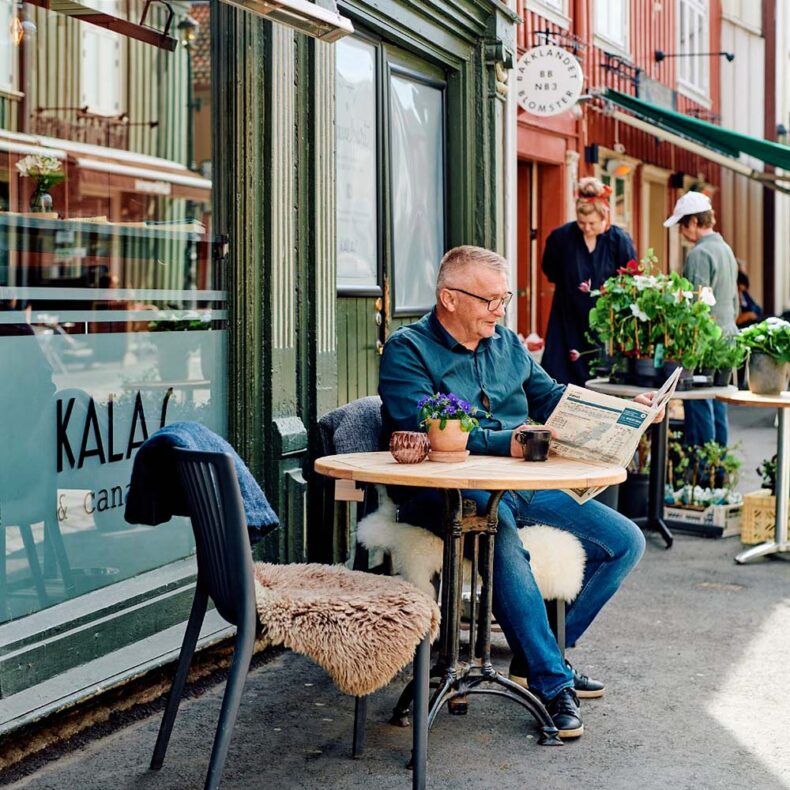
Photo on Instagram
An easy starting point is the city’s central square, called Tovet. This is a bustling place, but the cafés and restaurants lining the square and plenty of terrace seating make it a great spot to settle in with a drink for a bit of people-watching.
In the centre of it all stands a towering statue of the city’s Viking founder, Olaf Tryggvason, hinting at the historic importance of Trondheim.
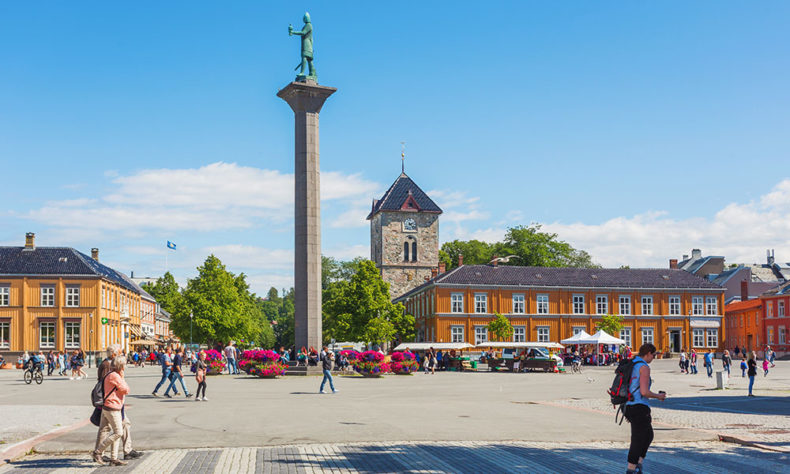
Elsewhere, the imposing Nidaros Cathedral is the star attraction. Equal parts resplendent and daunting, it’s the world’s northernmost Gothic cathedral and the largest medieval building in Scandinavia.
With a mythical mix of soaring spires and pointed arches and an impressively ornate façade depicting the bishops and kings of Norway, this fabulous attraction calls for a tour of the interiors as well.
When you’ve finished, you can easily make your way from the cathedral across the river to the top of the hill where another of the city’s impressive sights sits: Kristiansten Fortress. Standing guard over Trondheim, this historic protector from Swedish invasions commands outstanding views over city, fjord, and mountains, really letting you appreciate the boundless nature on the city’s doorstep.
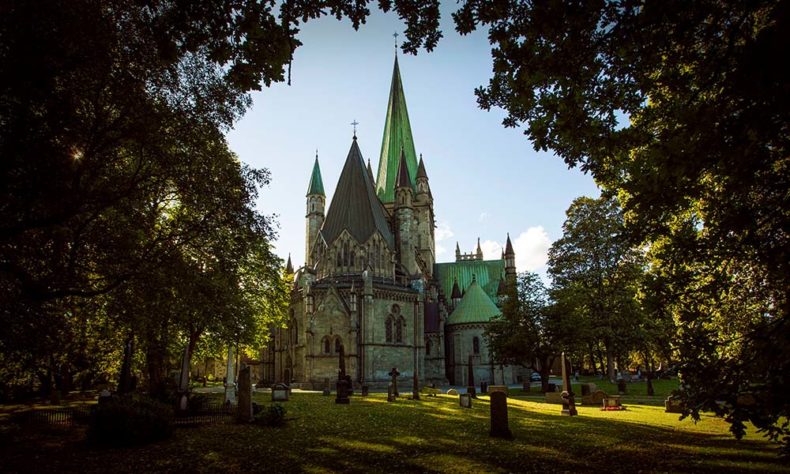
Photo by Marius Rua
Eclectic neighbourhoods
There are plenty more sights in the city, from engaging museums to the royal residence, but getting a feel for Trondheim also calls for explorations outside the city centre.
For example, there’s a range of fascinating neighbourhoods to enjoy, where you’ll find the city’s students, creatives, and residents spending time together and enjoying the city.
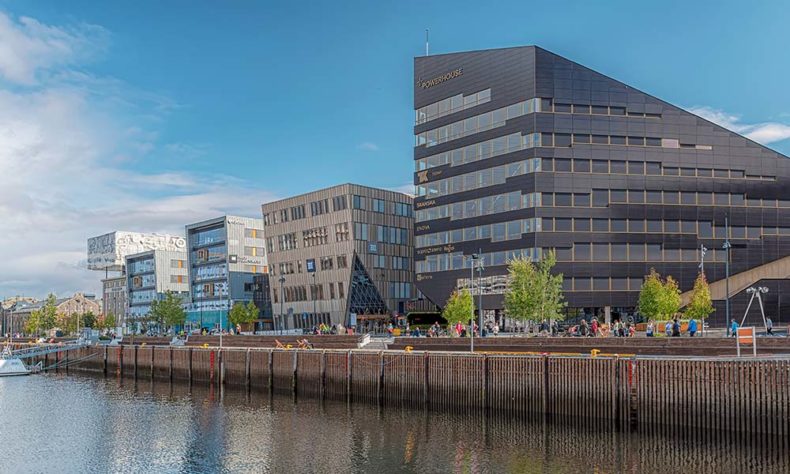
Crossing over the famed Gamle Bybro (Old Town Bridge) is a must-do and offers the best views down the Nidelva River and the colourful antique merchant houses that line its banks – an obligatory photograph in Trondheim.
Once you’re across on the other side, you’re in the charming Bakklandet neighbourhood, which is a warren of cobbled streets, quiet homes, quaint bars, and restaurants. Here you’ll find students studying in cafés, cosy corners to settle in with a beer, and boutique stores for some fantastic souvenirs.
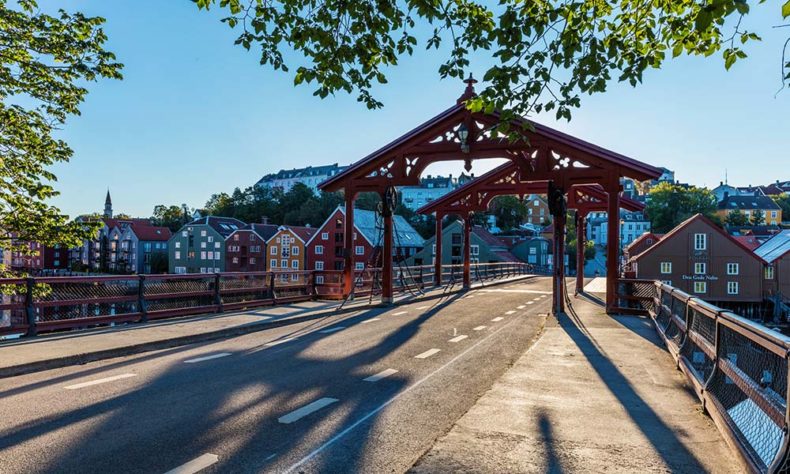
Photo by Marius Rua
For a change of pace, the lively area of Solsiden lies northeast of the centre. The old industrial area and ship port is now home to a gamut of world-class restaurants, vibrant bars, and infectious vibes.
The post-industrial contemporary architecture here is a delight, offering visitors a gritty urban vibe tempered by calming views of the water. It really comes to life on sunny afternoons, when locals stretch out their legs and soak up the sunshine with a beer, lingering long into the evening for some dinner and more drinks.
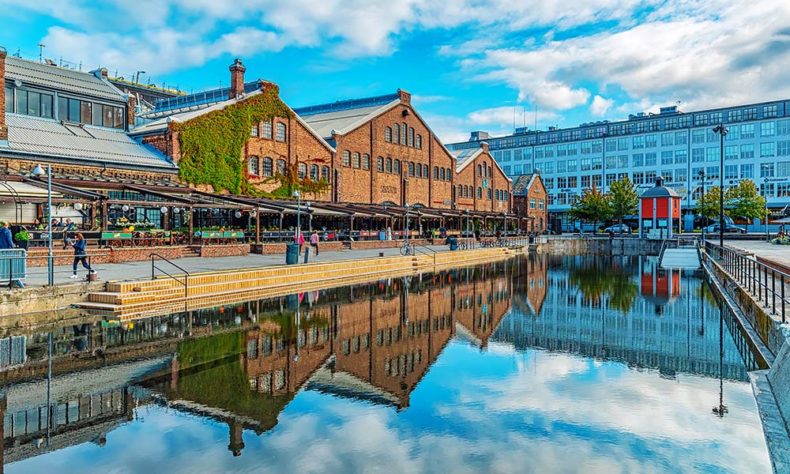
Lastly, wander west of the city centre and you’ll eventually reach a buzzing creative area known as Ila.
Street art adorns the buildings here, with large murals on everything from historical wooden homes to industrial warehouses. Spacious, bright, and with plenty of green areas, this is an understated and effortlessly cool part of Trondheim that’s popular for leisurely days in the sun, relaxing in the large park, and watching the ships sail in and out of the harbour.
Photo by Mykola Ksenofontov
For more information about Trondheim, visit trondheim.no.
